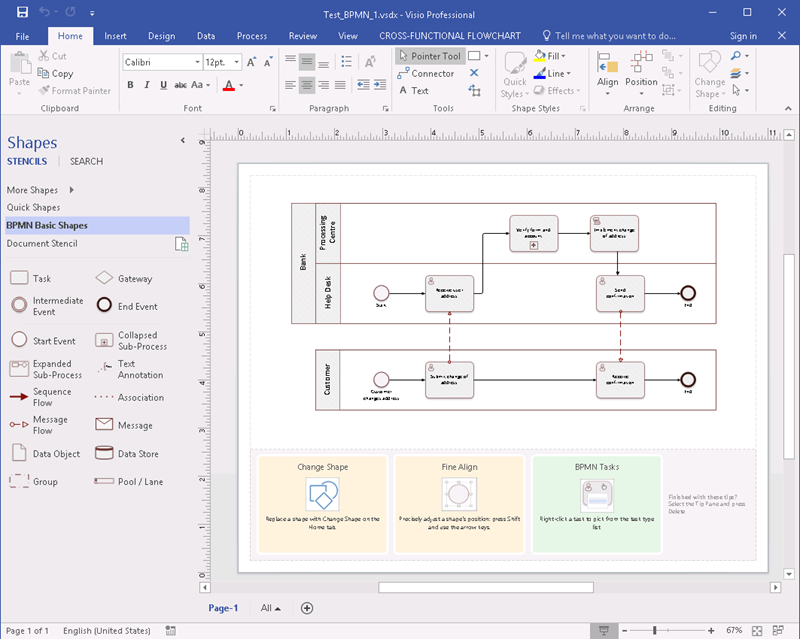BPM exists in every company, even a smallest one. However, it is not always recognized or acknowledged as such. Because small companies significantly outnumber larger ones, BPM in small companies is most wide spread and demanded kind of BPM.
BPM projects in small companies have a small or even zero budgets. For this reason these projects are not viable for BPM vendors. These user cases will hardly shine as a bright report or a viable promotion. For this reason, BPM in small companies is poorly covered in reviews and research compared to large BPM projects. This creates a false impression about real spread and importance of SMB BPM practices.
In many cases BPM in small organization is even more efficient than in bigger companies. This appears due to its relative simplicity and smaller number of workers, as well as due to overall higher efficiency and flexibility of small business.
Of course, BPM in small organizations differs in its manifestations and tools from BPM in large companies.
- Most well-known and long proven BPM tool in all types of organizations is human voice. Manager giving tasks to workers is a perfect example of business process management. Despite this BPM tool is oldest among all others, it still far more widespread and efficient than any other BPM tool.
- Eventually, even tiny companies accumulate a critical amount of business rules, which become hard to keep in mind. Then, the second most popular BPM tool is a classical notebook with various sorts of business notes.
- Next most popular and more contemporary tool, which gradually takes over voice and notes, is a messenger. All types of messengers are widely used across organizations to set tasks and control workflows.
- Since more and more companies use computers or mobile devices, business rules tend to migrate into various electronic documents. Therefore, various office packages are among most popular BPM tools in small companies. As a rule, process maps appear in them in forms of various internal instructions where a process appears in a form of list with steps and notes. Classical documents with chapters and paragraphs, spreadsheet tables, slides, all can serve as process mappings depending on preferences of company management.
- As a next step, many companies begin to depict processes in a form of diagrams. This stage is already close to normal process mapping in classical BPM. Although, in small companies resulting process diagrams typically appear ad-hoc and deprived of rigorous rules and methodology.
Small companies rarely embark on cross-application automation and orchestration of processes. Maximum, some elementary automation is made in terms of customization of rules in dedicated business application, such as CRM. Further inter-process communication is done in a form of written or depicted instructions according to process mapping options listed above.
Of course, above BPM practices are far behind modern BPM achievements. Nevertheless, it does not justify neglecting them or diminishing their role in overall BPM landscape. We routinely work with such BPM implementations and transform these basic BPM assets into more formal and contemporary BPM models.
Illustration: sample process map in an office application.


Leave A Comment